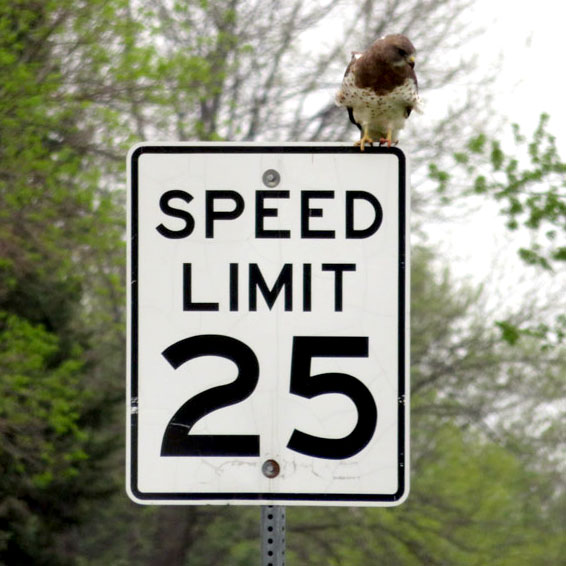Information presented on this web site is strictly for Larimer County maintained roadways in unincorporated Larimer County (outside city limits). For information on roadways not maintained by Larimer County contact the entity who has jurisdiction for the roadway.
People want to feel safe in their neighborhoods; they want to feel their streets are reasonably safe for all modes of transportation, including vehicles, walking, bicycling, horseback riding, etc.
Please take a look at our
.
People want to feel like they have some level of neighborhood control over their residential streets to achieve that feeling of safety. Below are some of the most commonly requested traffic calming measures.

